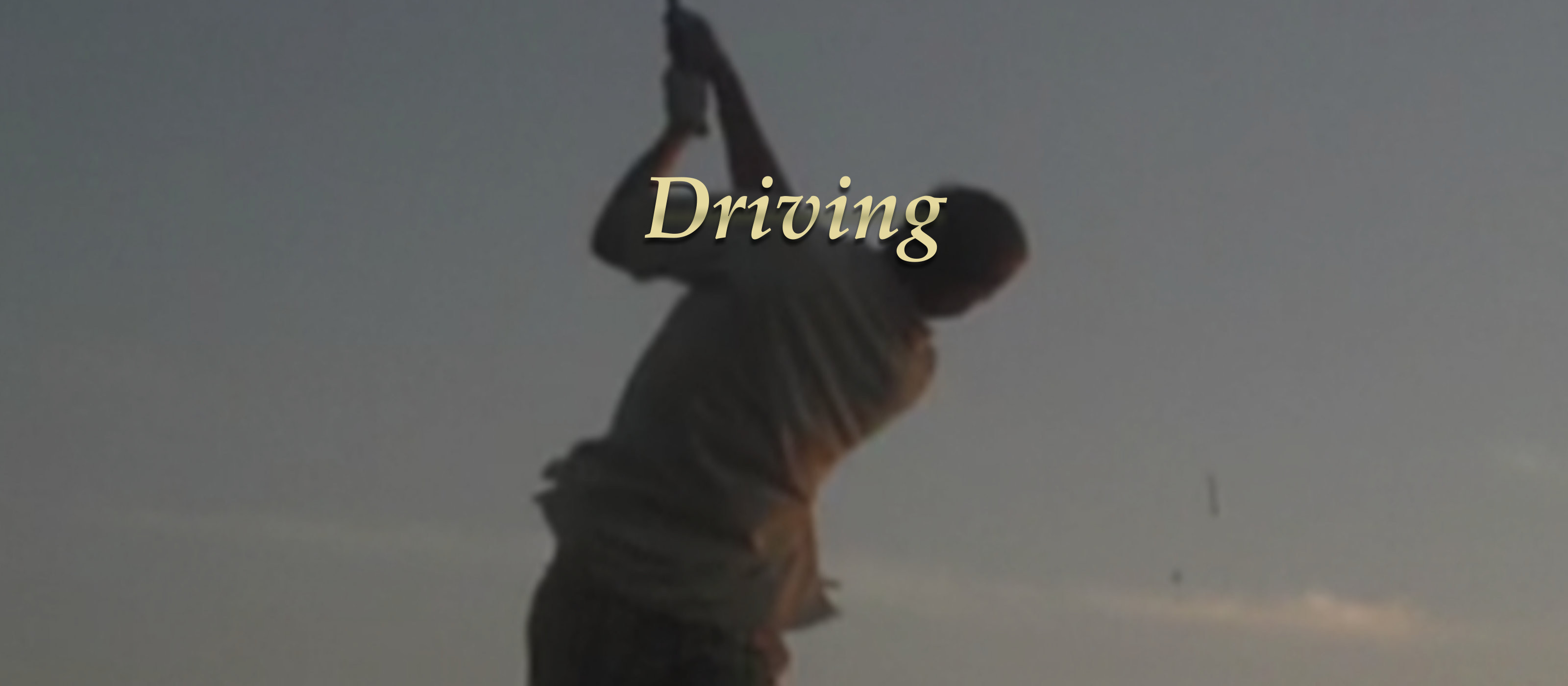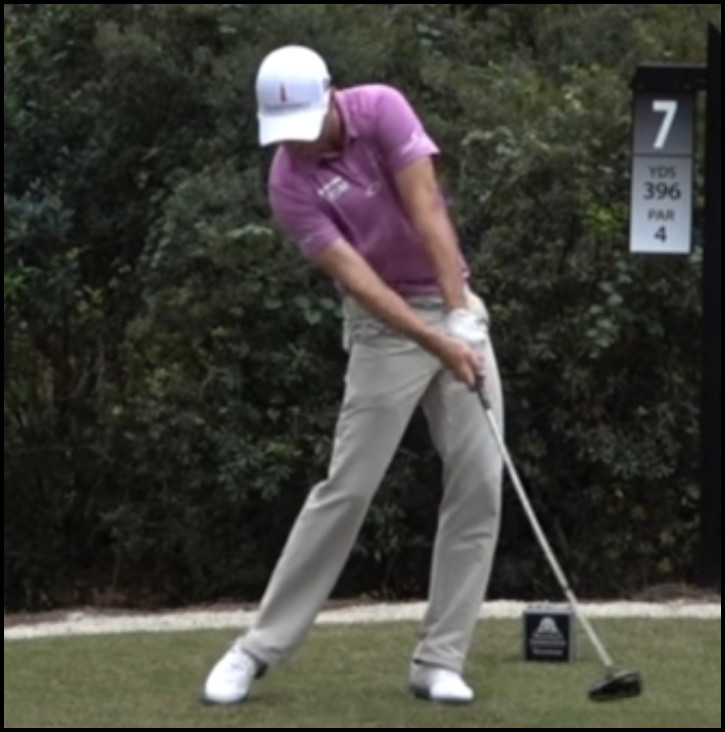DRIVING
As a golf instructor, one of the most common concerns that I encounter among my students is hitting a solid drive at the beginning of each hole. Many of them express the same frustration: That they are struggling to keep the ball in play off the tee.
Even if you don't want to become a competitive golfer and just want to improve your casual game, a reliable drive can be the key to seeing your scores drop.
Above all, you want a solid ball strike. With this skill well in hand, you'll be ready to tackle clubhead speed, which will significantly add to your distance off the tee.
Let's examine the components of the drive to help you gain a better understanding. When you're ready, contact me to set up a lesson so that we can really drill down into the essentials.
THE SET UP
The better your set up is, the more you improve your odds of making solid contact with the ball. Additionally, you'll be able to generate greater swing speed, better manage your aim and exercise greater control over the face of the club.
The key to a great drive frequently is keeping in mind that you need to hit the ball as the club is moving in an upward arc. This contrasts with how you would use an iron as a solid hit in this situation typically happens on the downward swing.
As you set up your drive, check to ensure that you have control of the club face. You'll want the face of the club to squarely hit the ball in most cases. Take your driver stance, then tilt your wrists upward. This raises the club head off the ground so that it is directly in front of you. If the club face isn't square with the target, now is the time to adjust. Then, lower the club back toward the ground.
Instead of placing the club head directly on the ground, try allowing it to hover just above the surface. This simple practice can improve tempo and rhythm because you won't have to pick up the club to begin your back swing. With the club head in contact with the ground, your body subconsciously knows that it will have to pick up the extra weight on takeaway. This can cause you to jerk, interfering with the tempo and rhythm of your overall swing.
THE TEE
Granted, the tee may not be your first consideration when you're looking to improve your drive, but it really does make a difference. Tee height, in particular, can be critical for maximizing distance.
It's too common for recreational golfers to simply stick the tee in the ground and call it good. However, setting the right tee height for your drive can make a huge difference.
Tee height affects trajectory, distance and the flight of the ball. A commonly used rule of thumb refers to placing about half of the golf ball above the face of the club when you're in the address position.
Standard tees today are two-and-three-quarter inches tall, and these work well with the larger club heads that are common. Tees used to be shorter and club heads much smaller. Using a modern tee with one of these old drivers would cause performance to suffer.
With drivers being larger, the sweet spot has moved upward. Remember that a shorter tee typically equals lower ball flight.
BALL POSITION
Assume a neutral position in relation to the ball. This means that you don't want to have too many angles.
Guidelines for a neutral position include positioning the ball off your left ear with your feet shoulder-width apart and your weight evenly distributed on both feet. Your head is positioned just behind the ball and you're not allowing the shaft to lean much. Finally, check to ensure that the V shapes in your grip point to a spot between your right ear and shoulder.
THE GRIP
For right-handed golfers, you'll want to hold the driver waist high in front of you. Square the club face and make certain that the shaft is horizontal to the ground.
Grab the club with your left hand first. Stretch your fingers and let the left palm and the club handle align. This makes a straight diagonal line across your fingers.
Close your left hand around the club with the heel of your palm resting adjacent to the top edge of the handle.
Rotate your left hand toward the right until you can see two knuckles on your left hand. This ensures that you have a neutral grip.
Place the heel of your right-hand palm on the left thumb. Close the right hand so that the thumb and forefinger form a "V" that points to your sternum.
There are variations on this basic grip, which we can work with when you sign up for private golf lessons in Orlando.
DRAW
Drawing a ball off the tee means that the ball travels from right to left. Set the grip in the base of your fingers for a strong position. Make sufficient room for the swing by pivoting your trailing hip on the back swing.
When closing the swing, don't allow your body rotation to stop too abruptly. Ideally, you'll finish with your sternum and the toes of your trailing foot facing the target.
FADE
When you need to hit a drive that moves from left to right, take an open stance with your feet slightly to the left of the target. The ball will be positioned slightly forward and your swing will go along your body plane, which is in line with your feet.
It also may be helpful to position yourself closer to the ball at address, which forces the club into a steeper plane.
Another technique is to strike the ball with an open club face. If you want to get into the details of this and other techniques, schedule a golf lesson in Orlando.
MAKE AN APPOINTMENT TODAY
I'm Sean Adley, a pro golfer who's ready to share a lifetime of tips and techniques with you. Schedule your Orlando golf lessons with me today.


